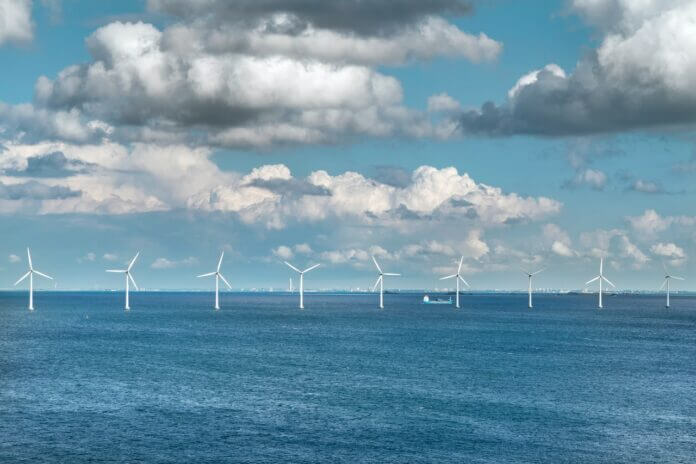Eolink, in collaboration with European energy partners, will be installing a 5MW floating offshore wind turbine in Bulgaria by 2025 as part of the Black Sea Floating Offshore Wind (BLOW) project. The goal of the BLOW project is to advance sustainable energy solutions and make use of Eolink’s patented floating offshore wind turbine design.
Eolink’s design is said to address existing industry issues by using four steel masts instead of one to spread the turbine’s stresses, making the overall structure more than 30% lighter. The company also claims that its turbines can produce 10% more energy by reducing aerodynamic interactions through a greater distance between the blades and masts. The turbine will be designed to operate with maximum efficiency in the Black Sea, and will be fitted with a larger rotor to generate more energy in low-wind areas.
The BLOW project is an exciting development as it aims to catalyze offshore development in the Black Sea region, which already has ongoing fixed-bottom offshore wind projects in Romania.
However, there is a catch, the wind turbine will be used to power an existing gas platform operated by Petroceltic, a Bulgarian oil and gas company. This practice is not uncommon, as seen in Norway’s Hywind Tampen, the world’s largest floating offshore wind farm, which also powers the country’s gas and oil production.
While it may seem like a step backward for the EU to fund a green energy project to power fossil fuel production, it can also be seen as a positive development as it creates a new industrial case for offshore wind and the lessons learned can benefit larger wind farms in the future. However, the EU should also be aware of the need to step up its efforts in meeting its climate targets for carbon neutrality by 2050. It is important to consider the long-term impact of these projects and the role they play in the transition toward full dependence on renewable energy sources.



